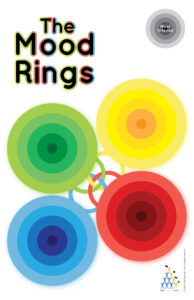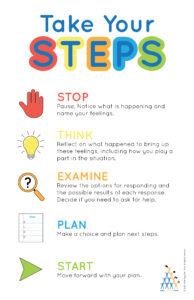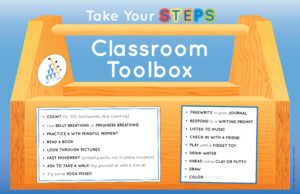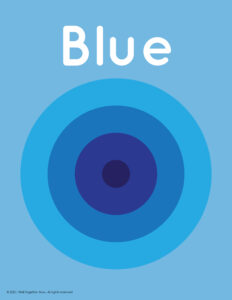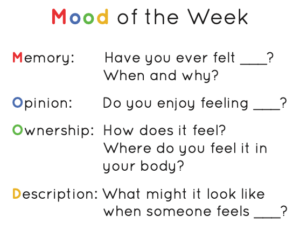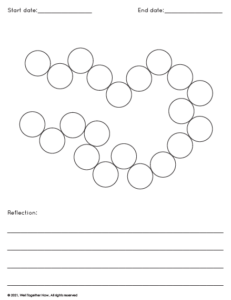Checking In with the Mood rings
WTN SEL routines, as part of systemic, transformative social emotional learning, embed co-learning practices that translate to holistic and connected school communities.
Checking In with The Mood Rings: An Emotional Awareness & Regulation Routine
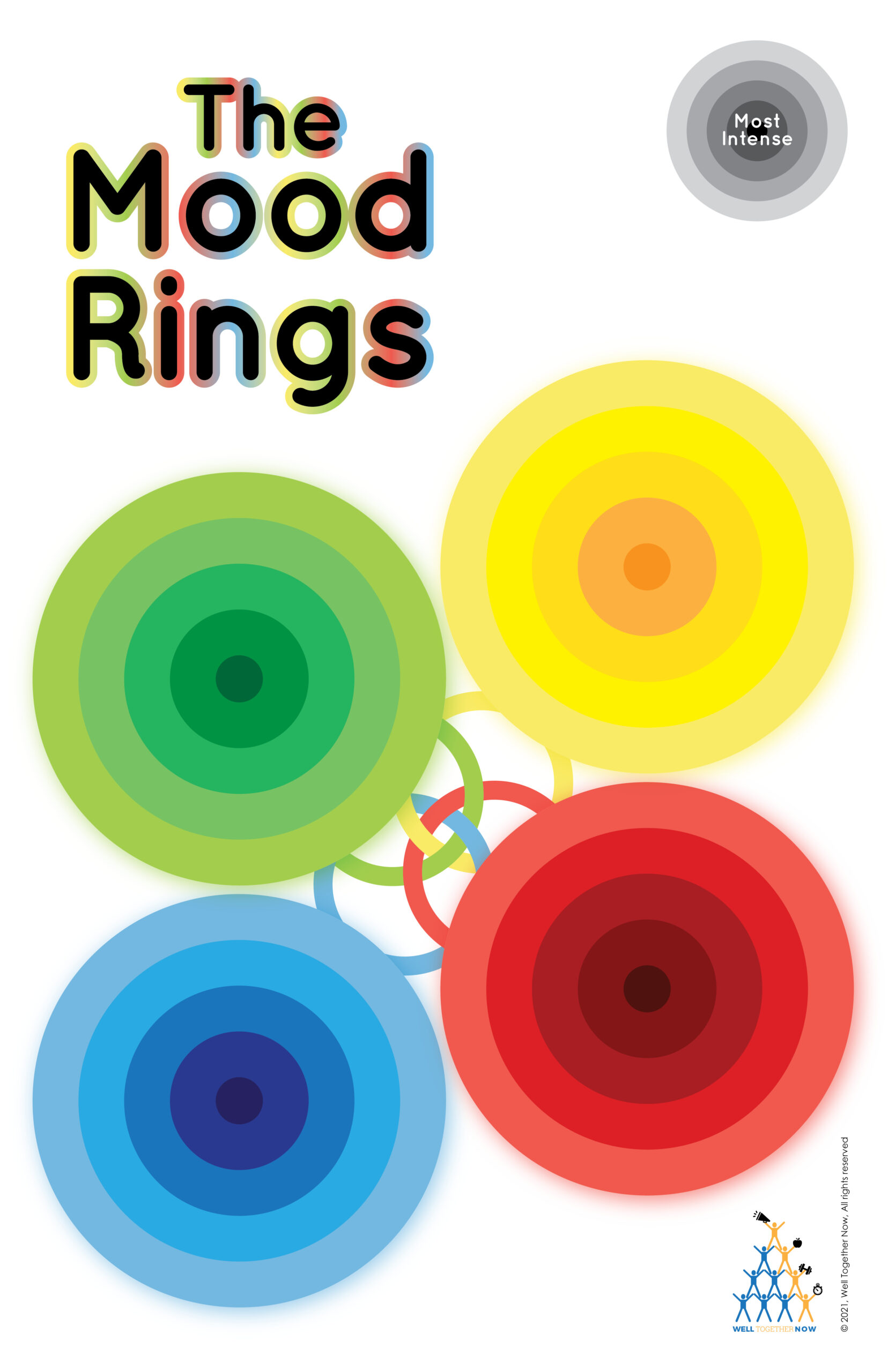
ExploRING • DiscoveRING • PrepaRING
Checking In with The Mood Rings cultivates emotional intelligence, develops language and agency, and promotes responsible decision-making. Ongoing practice fosters ownership of tools for shifting, as needed, in response to daily demands.
Students arrive with a unique backpack of experiences and emotions that they carry with them throughout the day. The weight varies from day-to-day and hour-to-hour, but it continually affects their availability for learning and social interaction.
Regular use of this routine allows students to explore their emotional world with curiosity and equanimity. Over time, students learn to respond and ADAPT in ways that suit their individual needs by developing:
Agency
Decision-making skills
Awareness of self and others
Planning strategies
Transition tools
Checking In with The Mood Rings embeds a tool within a process.
Tool: The Mood Rings
The Mood Rings, developed by Dawn McGrath, is a tool for exploring and regulating emotion. Each Ring represents a range of emotions. The most intense, like depression and rage, live in or near the center of each Ring. Emotions decrease in intensity as they move toward the outer circle of the Ring, with emotions closer to neutral, such as bored or bothered, found along the outermost edge. The Rings are connected to show that emotions are fluid, and we may experience emotions within two Rings at the same time.
In general, the Yellow and Green rings are associated with more comfortable and pleasing emotions. The Blue and Red Rings are associated with more uncomfortable or challenging emotions.
The fading circles in each Ring also provide a visual reminder that intensity fades. This perspective is constructive for students experiencing emotions near the center of the Blue and Red Rings. The fading circles remind those students: “I feel this way right now, but I won’t always feel this way. And I have tools to help me while I am here.”
Regular use of The Mood Rings cultivates emotional intelligence through a common language and emotional regulation.
When students approach The Mood Rings, they think about how they feel and possibly consider why they feel that way. When students can count on adults to use The Mood Rings to co-norm and respond predictably, this fosters emotional safety. But common language means more than words.
Teachers communicate the importance of student wellbeing when The Mood Rings are displayed prominently and referred to frequently. Teachers communicate through co-learning when they use these tools themselves in the presence of students. What’s more, The Mood Rings provide a visual tool for students who may not have a label for their emotion but want to communicate how they feel. When children can’t find a word, they can still point to where they are on the Mood Rings to explain their experience.
Ultimately, this common language strengthens relationships and develops a sense of connectedness within the classroom and school community.
Name it to tame it is a phrase and strategy coined by Dr. Daniel Seigel based on the science that shows the act of naming your emotions in and of itself serves as an emotional regulation tool. Studies of the brain show that naming our emotions triggers chemical reactions that help us to maintain control. Accurately labeling our emotions also makes it easier for us to get help if we need it.
Ongoing activities such as Mood of the Week support language development, self-awareness, and social awareness as students learn to label and describe various feelings.
Process: Take Your STEPS
Overall, Checking In with The Mood Rings supports the whole child. This responsive routine helps students to transition between settings or situations, with the prime transition being arrival.
As a daily arrival routine, Checking In with The Mood Rings places the learner before the learning with a welcome that shows you value their wellbeing. Students enter the setting understanding that the first 15 minutes belong to them. This is their time to reflect on their experience, feelings, and energy level.
Using the STEPS to Check In:
STEPS is a practical process for making good choices. Anytime students follow the STEPS, they support themselves through awareness, choice, and purposeful action. Here is what that looks like in the context of Checking In as an arrival routine:
STOP: At this point, students identify how they feel and locate their emotions on The Mood Rings. They will record this color in their Mood Ring Journal.
THINK: Here is where students begin to reflect on why they might be feeling this way.
EXAMINE: Next, students consider if they want to stay within that Ring or move toward another Ring.
PLAN: Then, students choose a strategy to support a shift or to stay within that Ring.
START: Finally, students use that strategy for the remainder of the Check In period.
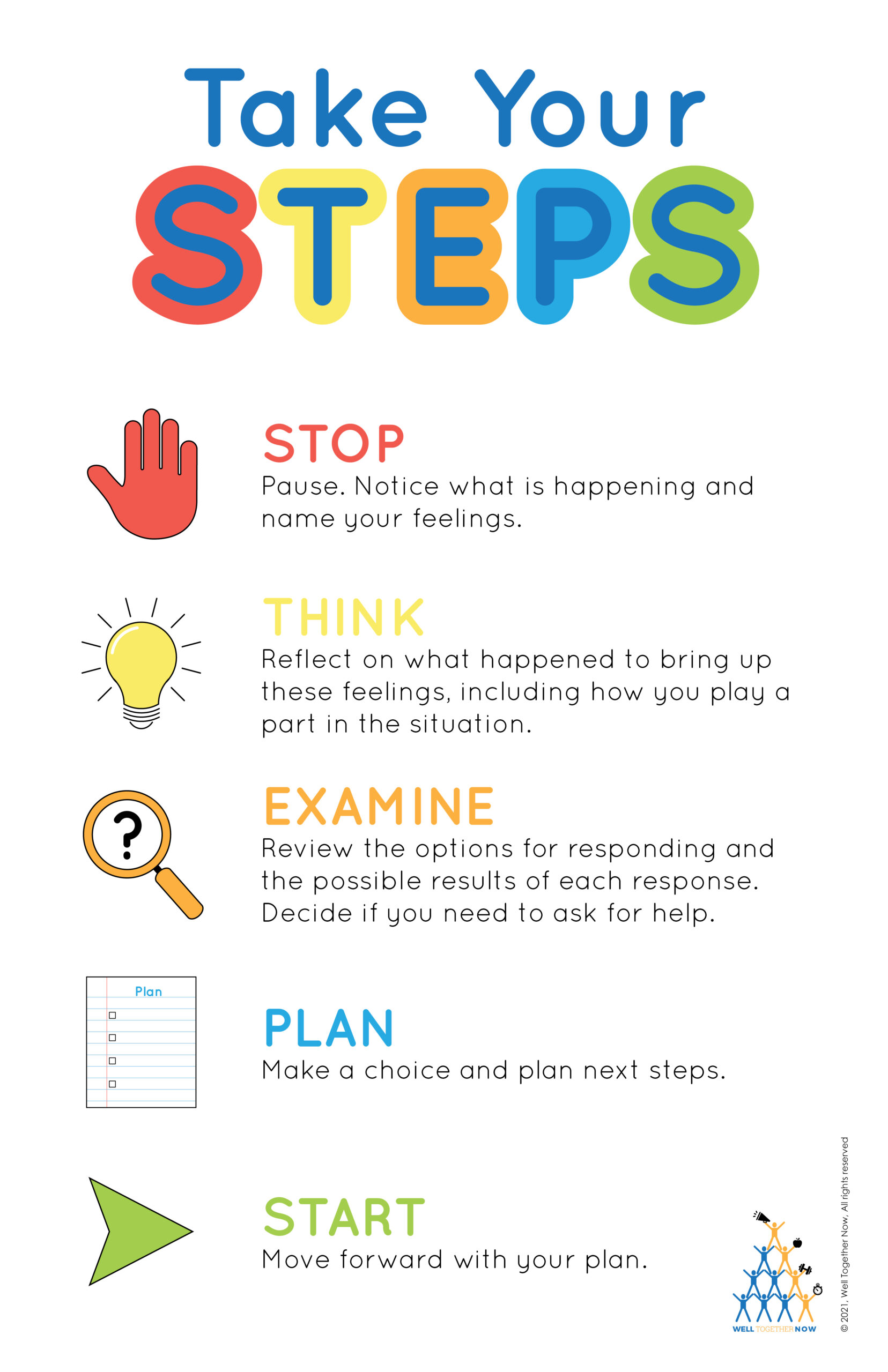
Strategies are preorganized into areas to make choosing easier. Each Ring correlates to the experience of a particular range of emotions, and classroom areas reflect the Mood Rings. To stage the classroom and define each area, you will need the following:
- The Mood Rings poster
- The four individual Ring posters
- The Take Your STEPS poster
- The Classroom Toolbox poster
- And Mood Ring Journal pages (one per student)
The classroom kit includes the poster set, master copies of the journal sheets, and a Teacher’s Guide with a suggested activity list, several lessons for introducing The Mood Rings tool and the Checking In process to students, as well as a collection of WTN Mindful Moments practices. Contact Dawn for more information or use the button below to order The Mood Rings classroom kit.
Ordering more than 10 sets? Contact Dawn for a bulk price schedule.
Professional Development: Training with the author
The Teacher’s Guide includes professional learning articles to support the startup process. However, Dawn also offers live video and in-person PD as part of her consulting services. In these sessions, Dawn tours the tools and process for Checking In with the Mood Rings through guidance and group reflections. Live presentations allow participants to ask questions and receive advice specific to their setting and student population.
Presentations options:
- In-person (local communities on the North Shore of MA)
- Live Zoom

